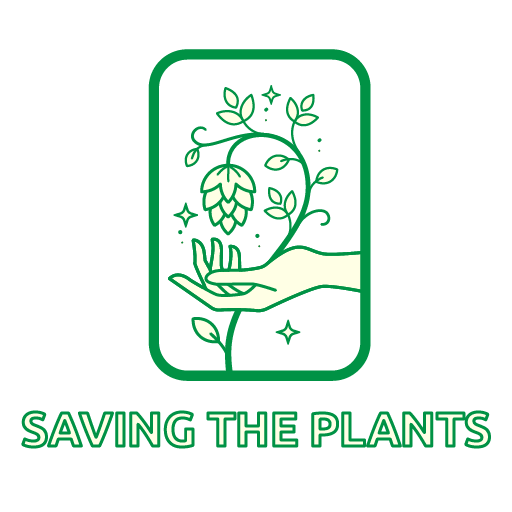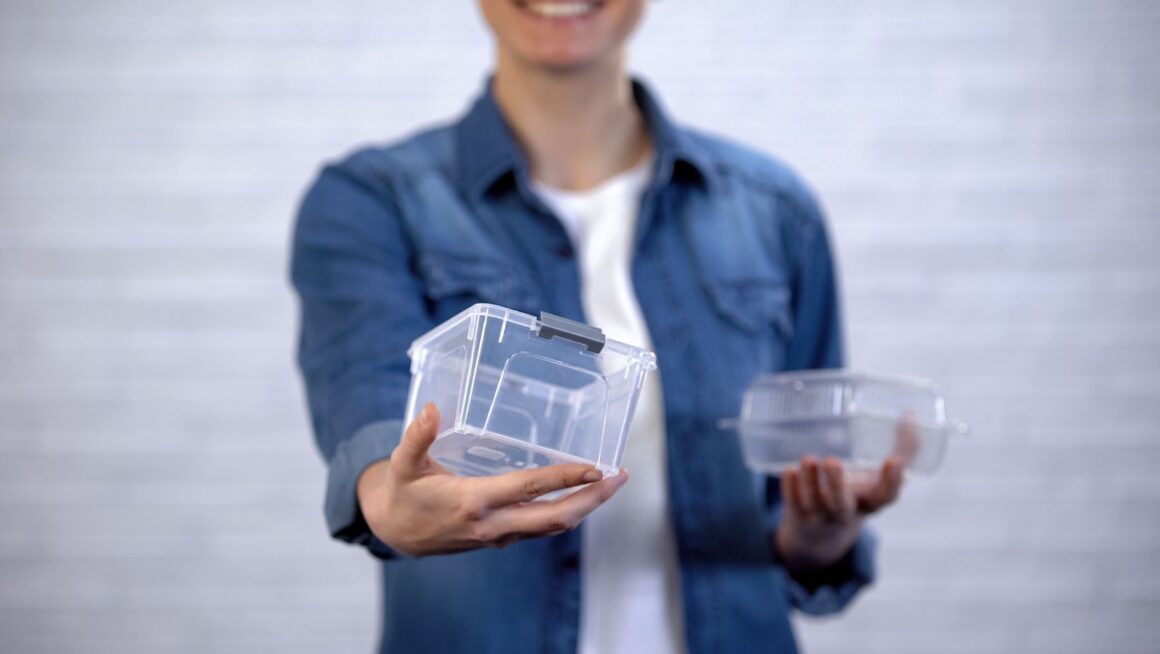In a world increasingly aware of the environmental impacts of plastic pollution, bioplastics offer a promising alternative to conventional plastics. Traditional plastics, derived from fossil fuels, take hundreds of years to decompose, littering our landfills and oceans. In contrast, bioplastics are designed to be more environmentally friendly, offering the potential to reduce waste and carbon emissions. This article delves into how bioplastic technology works, its benefits, and its role in creating a more sustainable future.
Understanding Bioplastics: What Are They?
Bioplastics are a type of plastic made from renewable biological sources rather than petroleum. These sources include plant-based materials like corn starch, sugarcane, potato starch, and even algae. Unlike traditional plastics, which are entirely synthetic, bioplastics can be either partially or fully biodegradable, depending on the type of material used.
There are two main types of bioplastics:
- Bio-based plastics: These are made from renewable resources like corn, sugarcane, or cellulose. Bio-based plastics can be non-biodegradable or biodegradable, depending on their chemical composition.
- Biodegradable plastics: These plastics are designed to break down under specific conditions, such as composting. They can be made from bio-based materials or from fossil fuels.
How Bioplastic Technology Works
The production of bioplastics involves several steps, beginning with the cultivation of raw materials. Here’s how the process works:
- Raw Material Extraction: The process starts with harvesting the renewable resources, such as corn, sugarcane, or potatoes. For example, in the case of corn-based bioplastics, corn kernels are harvested and then processed to extract starch.
- Fermentation: The extracted starch or sugar is then fermented using microorganisms like bacteria or yeast. This fermentation process converts the sugar into lactic acid or other monomers. These monomers are the building blocks for creating biopolymers, the main components of bioplastics.
- Polymerization: In this step, the monomers undergo a chemical reaction called polymerization. This process links the monomers together to form long chains, creating a polymer. The type of polymer produced depends on the monomers used. For example, lactic acid can be polymerized into polylactic acid (PLA), a common type of bioplastic.
- Moulding and Shaping: Once the bioplastic polymer is produced, it can be melted and moulded into various shapes, just like conventional plastics. This step allows manufacturers to create a wide range of products, from packaging materials to utensils and even textiles.

- End-of-Life: The real environmental advantage of bioplastics comes at the end of their life cycle. Biodegradable bioplastics can be broken down by microorganisms in the environment, returning to natural elements like water, carbon dioxide, and biomass. This process can happen in industrial composting facilities or, in some cases, in home composting systems.
The Benefits of Bioplastics
Bioplastic technology offers several key benefits that make it an attractive alternative to traditional plastics:
- Reduced Carbon Footprint: Because bioplastics are made from renewable resources, their production typically results in lower carbon emissions compared to conventional plastics. The plants used to create bioplastics absorb carbon dioxide as they grow, helping to offset some of the emissions from production.
- Biodegradability: Many bioplastics are designed to be biodegradable, meaning they can break down naturally in the environment. This reduces the long-term impact of plastic waste in landfills and oceans.
- Less Dependence on Fossil Fuels: Traditional plastics are made from petroleum, a non-renewable resource. By using renewable resources like plants, bioplastics reduce our reliance on fossil fuels.
- Versatility: Bioplastics can be used in a wide range of applications, from packaging to automotive parts to medical devices. This versatility makes them a viable alternative in many industries.
- Potential for Recycling: Some bioplastics, like PLA, can be recycled, further reducing their environmental impact. While the recycling infrastructure for bioplastics is still developing, the potential for a closed-loop system is promising.
Challenges and Considerations
While bioplastics offer many advantages, there are also challenges to consider:
- Cost: Bioplastics are often more expensive to produce than traditional plastics, which can limit their adoption. However, as technology advances and demand increases, costs are expected to decrease.
- Composting Infrastructure: Not all bioplastics are suitable for home composting, and many require industrial composting facilities to break down properly. The availability of these facilities is limited in some areas, which can complicate disposal.
- Land Use: The production of bioplastics requires agricultural land, which could compete with food production. This raises concerns about the sustainability of large-scale bioplastic production.
Biodegradability in Marine Environments: While bioplastics are designed to break down in composting conditions, their degradation in marine environments can be slower. This means that if bioplastics end up in the ocean, they could still contribute to marine pollution.
Bioplastics in the Packaging Industry
The packaging industry is one of the largest consumers of plastic, making it a prime target for bioplastic adoption. In recent years, there has been a growing shift toward using recycled and biodegradable materials in packaging. Companies are increasingly exploring ways to incorporate bioplastics into their packaging solutions to reduce environmental impact.

For example, in the food industry, Compostable bakery packaging has become popular as businesses seek to reduce waste and appeal to eco-conscious consumers. These packaging materials are designed to be biodegradable, ensuring that they break down after use without leaving harmful residues. This shift not only helps reduce plastic pollution but also supports a circular economy where materials are reused and recycled.
The Future of Bioplastic Technology
As the demand for sustainable materials continues to grow, the future of bioplastic technology looks promising. Ongoing research and development are focused on improving the performance and cost-effectiveness of bioplastics, making them a more viable alternative to traditional plastics. Advances in biotechnology are also opening up new possibilities for creating bioplastics from non-food sources, such as algae and agricultural waste, further reducing the environmental impact.
In conclusion, bioplastic technology represents a significant step toward reducing our dependence on fossil fuels and minimising plastic waste. While challenges remain, the continued development and adoption of bioplastics hold the potential to transform industries and contribute to a more sustainable future. By embracing bioplastics and other eco-friendly alternatives, we can work together to protect our planet for future generations.

